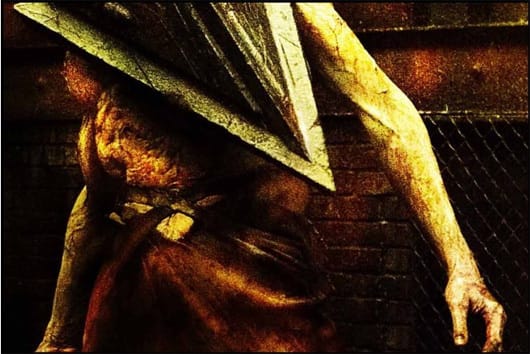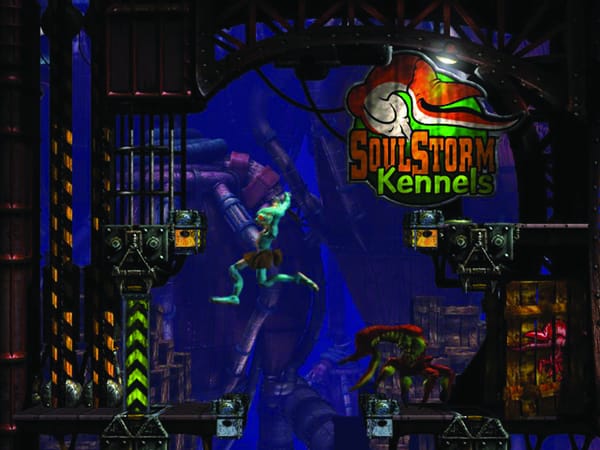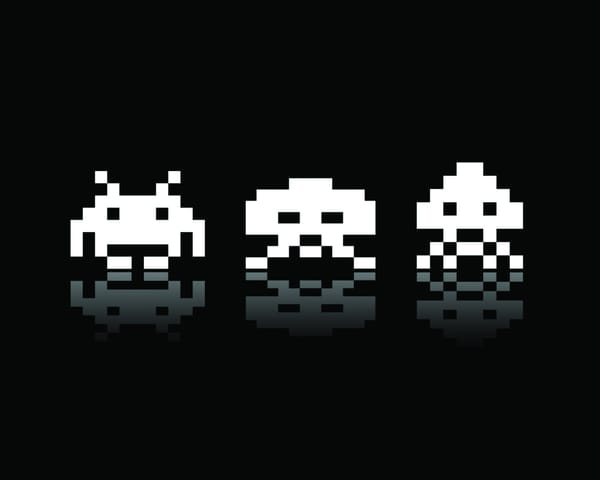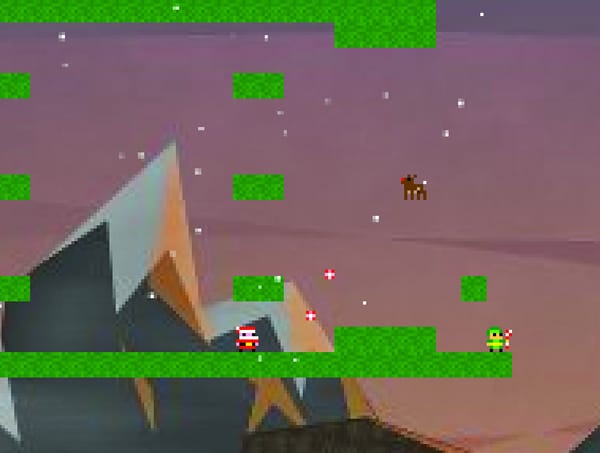The horror of the modern day horror
Or, the merits of Pyramid Head over generic space monster battles

Regular readers might know I’ve covered a few horror games in my time – Amnesia: The Dark Descent, Dead Rising 2, Dead Space 2, Limbo, and how could I fail to mention Baron Wittard: Nemesis of Ragnarok (a game as scary as a furious kitten). I’ve also played a good few games I haven’t written about. Why am I telling you this? Beyond proving I have no social life, I also hope to demonstrate that I’m rather partial towards horror games. They offer a unique gaming experience – when done well.
Unfortunately, that’s my eternal gripe. As it is, horror has mostly lost its edge when it comes to video games. Whilst what scares people differs from person to person there are a few aspects that are vitally important when you set out to create a game intending to nudge people onto the edge of their seats. These are just a few.
Tone
First, a game has to decide upon its tone before going any further. Is it going to be a scary horror, designed to creep you out? A light hearted horror, where the horror serves merely as a minor backdrop? Games such as Amnesia or Dead Rising 2 have nailed this – they know what they want to be. Amnesia deliberately sets out to scare you and does so with great aplomb. Likewise, Dead Rising 2 wants you to have mindless fun, and the ensuing goofy, off the wall gameplay with zombies thrown in does not disappoint. There is nothing wrong with games like Dead Rising 2 or Left 4 Dead, because you know from the advertising what you’re getting.
No so with games such as Doom 3 or Doom 3: Resurrection of Evil. Such games are set out as horrors, when in reality they’re better suited as action shooters. The Doom series up until 3 got this — demons were just a handy enemy to massacre. Attempts to make Doom overly scary have created a game that’s neither here nor there. It’s a competent shooter, but lots of darkness does not a horror game make.
Monsters
Monsters are right at home in horror – but not all monsters are effective. A good horror should use them sparingly. The human imagination is a wild and vivid thing, and letting people imagine what lies in a darkened room filled with heavy, laboured breathing is far more effective than showing them. What is deemed visually scary by one person may not to someone else, and vice versa. What sounds scary tends to be more common – think mewling kittens versus snarling, disembodied gurgling. Some of the scariest moments in Doom 3 simply involved noises in air vents and corpses being dragged away by an unseen entity.
Letting people imagine what lies in a darkened room filled with heavy, laboured breathing is far more effective than showing them
When a monster is seen, it obviously has to look scary. Now this, as I’ve said, is a very subjective point. However, one concept in 3D design tends to be well accepted, that of the uncanny valley, a hypothesis in 3D computer animation that states that as a human replica becomes more and more human it will reach a point at which it looks and acts almost human. This is the point revulsion kicks in. Monsters that look human or, even better, ones that look like they could have been humans work well, such as the nurses and Pyramid Head from Silent Hill (pictured). On an unconscious level the brain creeps out, but you can’t quite work out why. This is at least a redeeming factor in Dead Space – whilst the monsters may jump out at you all the time, you can clearly see they’re horrifically mutated humans, and that ‘creep’ factor worms its way into your brain. Talking of jumping out all the time...
Pacing and Tension
Everyone ought to be familiar with the concept of tension – after all, it is exam season – but pacing is less well understood. Pacing is how the highs and the lows of the game mix together, and is better described with examples.
In Dead Space enemies attack you all the time with little let-up. You are constantly attacking, and because of this a) you end up mentally exhausted, b) there’s no tension because you know something is going to jump out soon, and c) the monsters fail to have that same scare factor. Constant action in a game where you can’t just run ‘n’ gun makes for a negatively draining experience.
On the other hand Amnesia manages pacing well. A main annex in each level is safe, but everywhere you branch off to isn’t. When you reach one of these annex’s calming music plays, signifying a break in the action, allowing you to compose yourself before starting up again. It’s a palette cleanser, and serves to keep the game constantly scary by preventing the tension from overwhelming you. Is it unfair to compare these two radically different games, each with different developers and goals? Perhaps. But ultimately both games set out to scare, and in the end only one succeeds. A large part of this is simply down to how the action is spaced out. Pacing cannot be ignored.
Making good horror is a lot more complex than what I’ve glanced over here, and my displeasure when it comes to modern horror games has only just begun to break free onto paper. Despite everything though, I have nothing against any of the aforementioned games – they are all at least competent. They’re just not scary when they promised they would be. To quote something I wrote in my first Felix article – “It’s [modern horror] fun, but it’s like ordering a banana split and receiving a fillet steak – I like fillet steak, and I’ll eat it, but I would have much preferred my banana-based dessert.”









